
Drought-Tolerant Garden Design: Water-Wise Landscaping for Vancouver
1/10/20256 min read
The Evolution of Vancouver Gardens: Embracing Water-Wise Landscaping
While Vancouver is known for its abundant rainfall, our summers have become increasingly dry and challenging for traditional garden designs. As a professional landscaper with over two decades of experience in the Lower Mainland, I've witnessed firsthand how climate change has impacted our local gardens. Creating a drought-tolerant landscape isn't just about water conservation—it's about adapting to our changing climate while maintaining the lush, beautiful gardens Vancouver is known for.
Understanding Vancouver's Unique Climate Challenges
Despite our reputation as a rainy city, Vancouver experiences significant dry spells from July through September. According to Environment Canada's historical data, we receive less than 40mm of rainfall per month during peak summer, creating stress for many traditional garden plants. This seasonal drought, combined with water restrictions from Metro Vancouver, makes drought-tolerant landscaping not just an environmental choice but a practical necessity.
Soil Preparation: The Foundation of Success
Before diving into plant selection, it's crucial to understand Vancouver's soil composition. Our native soil varies significantly across the region, from clay-heavy areas in East Vancouver to sandy conditions near the coast. Working with local suppliers like Art's Nursery or Amsterdam Garden Centre, I've found that incorporating organic matter and proper drainage materials is essential for drought-tolerant success.
The key to water-wise gardening starts with proper soil preparation. Vancouver's naturally acidic soil needs adjustment for many drought-tolerant Mediterranean plants. Adding lime in fall or early spring helps balance pH levels, while incorporating organic matter improves water retention without creating soggy conditions.
Essential Components for Success
Proper soil amendment isn't just about adding random organic matter. In Vancouver's climate, we need to focus on materials that both retain moisture and provide excellent drainage. Working with local soil testing services through the UBC Soil Science Lab, I've developed specific soil preparation techniques for different areas of Vancouver:
For clay-heavy soils common in East Vancouver: Incorporate coarse sand and composted organic matter to improve drainage while maintaining moisture-holding capacity.
For sandy soils near the coast: Add well-rotted compost and coconut coir to increase water retention without creating boggy conditions.
For typical loamy Vancouver soils: Focus on building organic matter content while ensuring proper drainage through strategic grading and soil structure improvement.
The Benefits of Drought-Tolerant Gardens in Vancouver
Water Conservation and Cost Savings
Converting your garden to a drought-tolerant design can reduce water consumption by up to 50%, according to studies by the City of Vancouver's Water Wise Landscape Guidelines. This translates to significant savings on your water bills, especially during Stage 1 and 2 water restrictions when irrigation is limited.
Environmental Impact
Working with local environmental organizations like the David Suzuki Foundation, we've documented how drought-tolerant gardens support native pollinators and contribute to urban biodiversity. These gardens create vital corridors for wildlife while reducing the strain on our municipal water systems.
Best Drought-Tolerant Plants for Vancouver Gardens
Through years of experience designing Vancouver gardens, I've identified several plant varieties that not only survive but thrive in our unique climate. Here's a curated selection that performs exceptionally well in local conditions:
Native Drought-Tolerant Superstars
The Pacific Northwest offers numerous native plants perfectly adapted to our summer dry spells. Working closely with VanDusen Botanical Garden, I've observed these natives flourishing with minimal irrigation:
Kinnikinnick (Arctostaphylos uva-ursi) creates excellent ground cover in sunny locations, producing beautiful red berries that attract local birds. Oregon Grape (Mahonia aquifolium) offers year-round interest with glossy evergreen foliage and vibrant yellow spring flowers, followed by edible blue berries.
Sword Fern (Polystichum munitum) thrives in shaded areas and requires minimal water once established. These hardy natives can be sourced from specialized nurseries like Phoenix Perennials in Richmond.
Mediterranean Plants That Excel in Vancouver
Despite our wet winters, many Mediterranean plants perform remarkably well in Vancouver's summers. The key is providing excellent drainage and proper placement:
Lavender varieties, particularly English Lavender (Lavandula angustifolia), thrive in our climate when planted in well-draining soil with full sun exposure. Russian Sage (Perovskia atriplicifolia) offers months of purple blooms and silvery foliage, requiring almost no summer irrigation once established.
Ornamental Grasses for Movement and Texture
Ornamental grasses have become increasingly popular in Vancouver's drought-tolerant gardens, offering movement, texture, and year-round interest:
Blue Oat Grass (Helictotrichon sempervirens) maintains its striking blue-gray color throughout the year and withstands both summer drought and winter wet.
Feather Reed Grass (Calamagrostis x acutiflora 'Karl Foerster') provides vertical interest and winter structure, performing beautifully in Vancouver's climate.
Design Principles for Water-Wise Gardens
Hydrozoning: The Key to Efficiency
One of the most effective strategies I've implemented in Vancouver gardens is hydrozoning - grouping plants with similar water needs together. This practice, recommended by the BC Landscape & Nursery Association, allows for more efficient irrigation and better plant health.
Creating Distinct Zones:
High-water zones for focal points and high-impact areas
Moderate-water zones for transitional spaces
Low-water zones for peripheral areas and naturalized settings
Hardscaping Considerations
Incorporating appropriate hardscaping elements is crucial for water-wise garden success in Vancouver. Working with local suppliers like Northwest Landscape Supply, I recommend:
Permeable Paving: Essential for managing our significant rainfall while allowing water to reach plant roots during dry spells.
Strategic Rock Placement: Using local stone creates natural-looking dry river beds that serve both aesthetic and practical drainage purposes.
Mulching Techniques for Water Conservation
Proper mulching is crucial in Vancouver's climate. Based on research from the UBC Botanical Garden, we've found that maintaining a 2-3 inch layer of organic mulch significantly reduces water evaporation and suppresses weed growth.
Smart Irrigation Solutions for Vancouver Gardens
Despite creating a drought-tolerant landscape, some irrigation is still necessary, especially during establishment. Working with certified irrigation specialists from the Irrigation Industry Association of BC, I've implemented various water-efficient systems suited to Vancouver's unique climate.
High-Efficiency Irrigation Systems
Modern irrigation technology has revolutionized how we water Vancouver gardens. Smart controllers that integrate with local weather stations can automatically adjust watering schedules based on real-time conditions. The City of Vancouver's Water Conservation Program offers rebates for installing these systems, making them an excellent investment for homeowners.
Drip irrigation systems deliver water directly to plant roots, reducing evaporation and ensuring optimal moisture levels. These systems are particularly effective during water restrictions, as they're typically permitted even during Stage 3 restrictions.
Rainwater Harvesting Integration
Vancouver receives significant rainfall from October to April, making rainwater harvesting an intelligent addition to any drought-tolerant garden. According to Metro Vancouver's Water Conservation Guidelines, a properly designed rain barrel system can provide up to 40% of a garden's irrigation needs.
Maintenance Tips for Long-Term Success
Seasonal Maintenance Schedule
Spring (March-May):
Test and adjust irrigation systems before the dry season
Apply slow-release organic fertilizers suitable for drought-tolerant plants
Refresh mulch layers to prepare for summer heat
Summer (June-August):
Monitor soil moisture levels, especially during heat waves
Deep water newly established plants as needed
Remove competing weeds promptly
Fall (September-November):
Reduce irrigation gradually as rainfall increases
Add lime if soil testing indicates acidity
Plant new drought-tolerant specimens to establish before next summer
Winter (December-February):
Monitor drainage during heavy rains
Protect sensitive Mediterranean plants from excessive wet
Plan next season's water-wise additions
Common Challenges and Solutions
Even well-planned drought-tolerant gardens face challenges in Vancouver's climate. Here are solutions to frequent issues:
Winter Wet: Many drought-tolerant plants struggle with our wet winters. Improve drainage by incorporating gravel into planting holes and creating slight mounds for sensitive specimens.
Establishment Period: New plants require regular watering their first year. Partner with local irrigation specialists like Pro Irrigation to design temporary watering solutions.
Soil Compaction: Vancouver's clay soils can become compacted, reducing drainage. Annual aeration and organic matter incorporation help maintain soil structure.
Future-Proofing Your Garden
Climate Adaptation Strategies
As Vancouver's climate continues to change, incorporating adaptive strategies becomes crucial. Working with climate scientists from Pacific Climate Impacts Consortium, we've identified several approaches to ensure garden resilience:
Selecting plants that can handle temperature extremes
Creating microclimate zones to protect sensitive species
Installing shade structures for afternoon sun protection
FAQ Section
Q: How long does it take for a drought-tolerant garden to establish?
A: Most drought-tolerant gardens in Vancouver require 1-2 growing seasons to fully establish, with regular watering needed during this period.
Q: Can I have a colorful garden that's also drought-tolerant?
A: Absolutely! Plants like Echinacea, Salvia, and native flowering perennials provide vibrant colors while remaining water-wise.
Q: How much can I save on water bills with a drought-tolerant garden?
A: Vancouver homeowners typically see a 30-50% reduction in summer water bills after converting to drought-tolerant landscaping.
Q: Do drought-tolerant gardens work in shady areas?
A: Yes, many native ferns and woodland plants are naturally drought-tolerant and thrive in Vancouver's shady conditions.
Q: How often should I water my established drought-tolerant garden?
A: Once established, most drought-tolerant gardens in Vancouver need supplemental watering only during extended dry periods, typically 1-2 times per month in summer.
Ready to transform your Vancouver garden into a water-wise oasis? Contact professional landscapers who specialize in drought-tolerant design. If you would like to learn more about Vancouver specific garden and landscape content, check out our blog.
By implementing these strategies and choosing appropriate plants, you can create a beautiful, sustainable garden that thrives in Vancouver's changing climate while conserving our precious water resources.
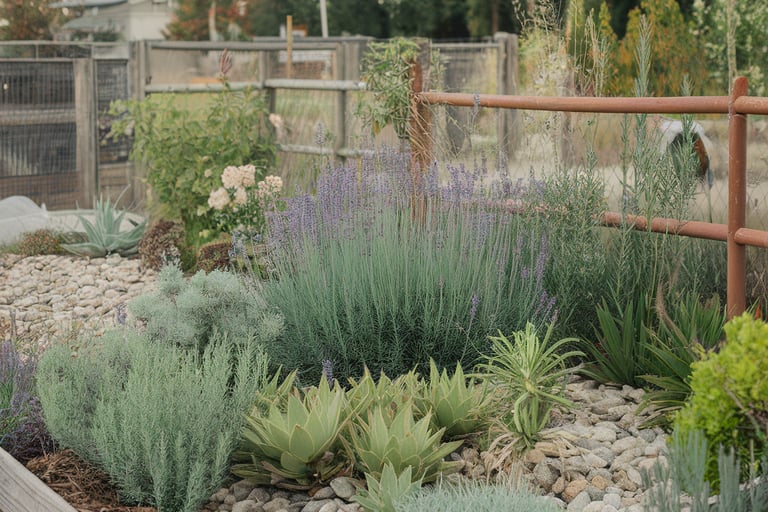

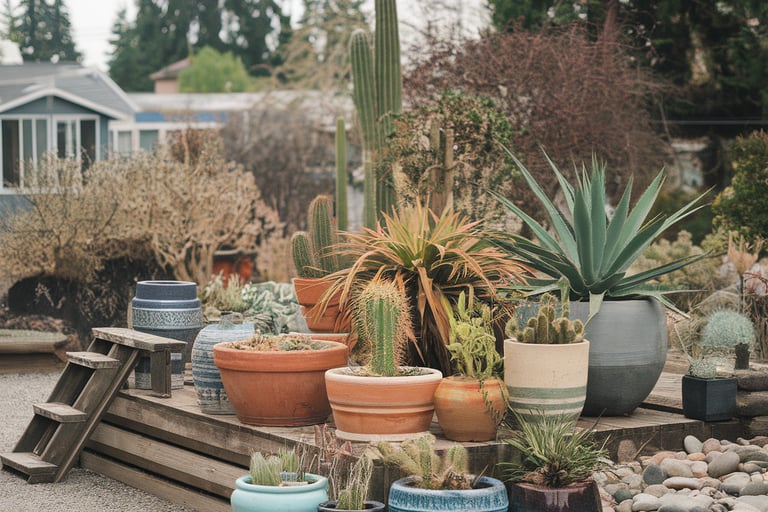

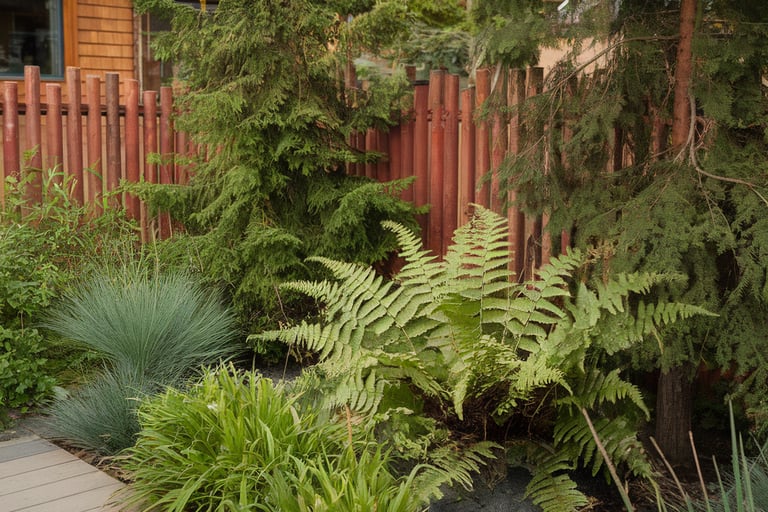

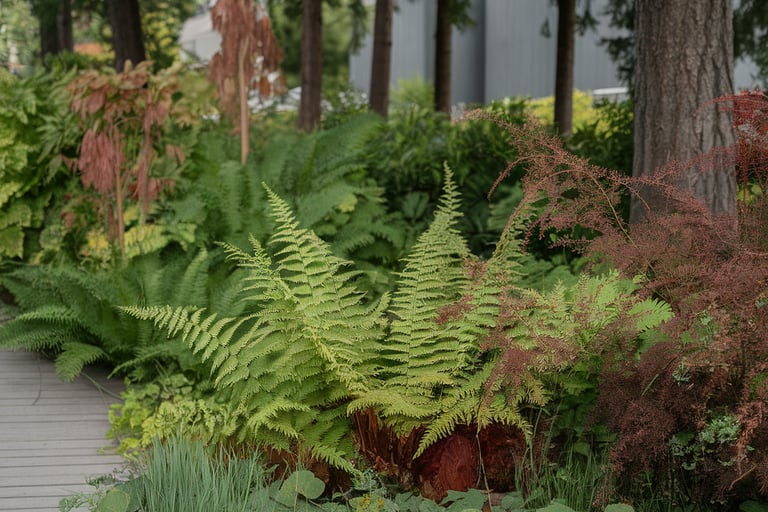

Contact
Blossomscaping@gmail.com
+1-604-339-9217
© 2024. All rights reserved.
Where we service
3158 W 34th Ave, Vancouver, BC V6N 2S2
UBC - Cambie - Dunbar - West Vancouver - North Vancouver - West Point Grey - Shaughnessey - Richmond - Kerrisdale - South Vancouver - East Vancouver - Kitsilano - Burnaby - Mount Pleasant - Oakridge - Arbutus Ridge - Marpole - Southlands - Victoria-Fraserview
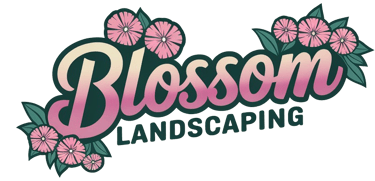

Proudly Servicing Vancouver, British Columbia
What we service
